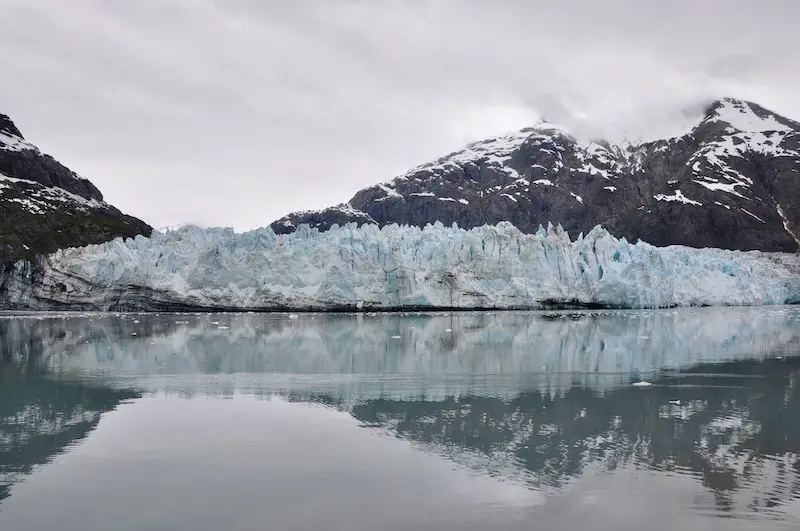Hot on the heels of the news that Antarctica is now losing ice six times faster than previously recorded and North America seeing its glaciers vanish at an accelerated rate, today we have bad news from Greenland too. A new study published yesterday by the Proceedings of the National Academy of Sciences indicates that the country is also losing ice at a greatly accelerated pace and may already have reached a tipping point from which there is no return.
The new report indicates that Greenland lost most of its ice in the southwest region, which is an area that had previously been believed to be very stable. The most significant ice lost was recorded between 2003 and 2013, with 2002-2003 serving as a dramatic turning point. From that point on, the melt-off accelerated substantially and has continued at an accelerated rate. By 2012 that rate had risen to four times what it has been in 2003.
Until recently, most climate researchers were focused on Greenland’s southeast and northwest regions because those were the areas where large chunks of ice were breaking off into the sea. The loss of ice was easy to spot due to the debris found floating in the water just off the coast. In contrast to that, the southwest part of the country appeared to be holding its ground, as researchers didn’t find the same big icebergs in the water. As it turns out, this was because of a different problem.
The lead author of the report –– Michael Bevis –– added, “We knew we had one big problem with increasing rates of ice discharge by some large outlet glaciers.But now we recognize a second serious problem: Increasingly, large amounts of ice mass are going to leave as meltwater, as rivers that flow into the sea.”
The study also indicates that Greenland has lost 280 billion tons of ice on an annual basis from 2002 to 2016. This is beginning to have an impact on sea levels, contributing to a slow, but steady rise in water around the globe. If that continues, and Greenland loses its ice, it could cause sea levels to rise by as much as 23 feet (7 meters). Most researchers don’t expect Greenland to lose all of its glaciers however, but when you factor in what is happening in the Antarctic and other parts of the world, the fear of rising seas starts to become very real. Particularly when it only takes a meter or two of increased ocean levels to endanger cities around the world and completely cover islands.
Three reports like this in a week is dire news indeed. At this point, we can quit squabbling over whether or not climate change is manmade and just get down to work figuring out ways to reverse it and prepare for the consequences. It’s real and it’s happening in our lifetime.
- Gear Review: The Xero Scrambler Mid is an Ultralight Hiking Shoe for Spring - March 1, 2023
- Gear Review: Yeti Roadie 48 Wheeled Cooler - August 18, 2022
- Kristin Harila Continues Pursuit of 8000-Meter Speed Record - August 16, 2022
